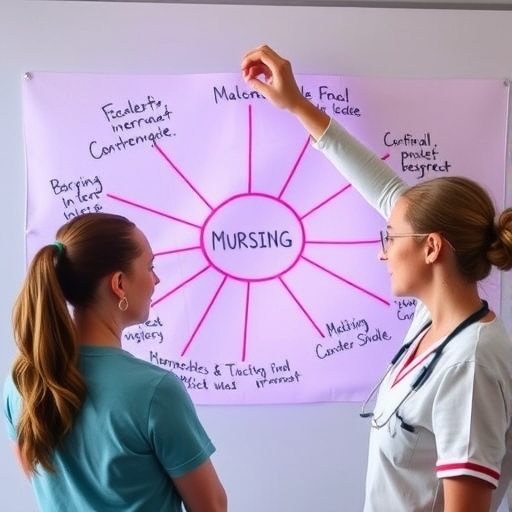Unai Alvarez-Rodriguez is a researcher in the 'Quantum Technologies for Information Science (QUTIS)' research group, attached to the UPV/EHU's Department of Physical Chemistry, and an expert in quantum information and technologies. Explained briefly, quantum information uses quantum physics to encode computational tasks. Unlike classical computation, quantum computation "has the advantage of not being limited to producing registers in values of 0 and 1," he said. Qubits, the equivalent of bits in classical computation, can take values of 0, 1 or both at the same time (a phenomenon known as superposition), which "gives quantum systems the possibility of performing much more complex operations, establishing a computational parallel on a quantum level, and offering better results than classical computation systems," he added.
Within all these possibilities that exist to explore this field, the research group to which Alvarez-Rodriguez belongs decided to focus on imitating biological processes. "We thought it would be interesting to create systems capable of emulating certain properties exclusive of living entities. In other words, we were seeking to design quantum information protocols whose dynamics were analogous to these properties". The processes they chose to imitate by means of quantum simulators were natural selection, memory and intelligence. This led them likewise to come up with the concept of quantum biomimetics.
In the first case, they recreated a natural selection environment in which there were individuals, replication, mutation, interaction with other individuals and the environment, and a state equivalent to death. "We developed this final mechanism so that the individuals would have a finite lifetime," specified the researcher. So by combining all these elements, the system achieved has no single clear solution: "we approached the natural selection model as a dispute between different strategies in which each individual would be a strategy for resolving the problem, the solution would be the strategy capable of dominating the available space".
The mechanism to simulate memory, on the other hand, consists of a system governed by equations. Equations, however, display a dependence on their previous and future states, so the way in which the system changes "does not only depend on how it is right now but on where it was 5 minutes ago and where it is going to be in 5 minutes' time," explained Alvarez-Rodriguez.
Finally, in the quantum algorithms relating to learning processes, they firstly developed mechanisms to optimize well-defined tasks, to improve classical algorithms and to improve the error margins and reliability of the operations. On the other hand "we managed to encode a function in a quantum system but not to write it directly; the system did it autonomously, we could say that it "learnt" by means of the mechanism we designed so that it would happen. That is one of the most novel advances in this research," pointed out the researcher.
From computational models to the real world
All these methods and protocols developed in his research have provided the means to resolve all kinds of systems. In the area of memory, for example, Alvarez-Rodriguez stresses that the method can be used to resolve highly complex systems: "It could be used to study quantum systems in different ambient conditions, or on different scales in a more accessible, more cost-effective way." With respect to natural selection, "more than anything we have come up with a quantum mechanism on which self-replicating systems could be based and which could be used to automate processes on a quantum scale," he stressed. And finally, as regards learning, "we have come up with a way of teaching a machine a function without having to insert the result beforehand. This is something that is going to be very useful in the years to come, and we will get to see it," he outlined.
All the models developed in the research were computational models. But Alvarez-Rodriguez has made it clear that one of the main ideas of his research group is that "science takes place in the real world. Everything we do has a more or less direct application. Despite having been conducted in theoretical mode, the simulations we have proposed are designed so that they can be carried out in experiments, on different types of quantum platforms, such as trapped ions, superconducting circuits and phototonic waveguides, among others. To do this, we had the collaboration of the experimental groups".
###
Additional information
Unai Alvarez-Rodriguez (Gorliz, the Basque Country, 1989) conducted this study as part of his PhD thesis entitled 'Quantum Biomimetics' in the UPV/EHU's Department of Physical Chemistry, and supervised by Enrique Solano, an Ikerbasque professor in this department.
Bibliographical reference
U. Alvarez-Rodriguez, L. Lamata, P. Escandell-Montero, J. D. Martín-Guerrero, E. Solano. 2016. Quantum Machine Learning without Measurements. arXiv:1612.05535
Media Contact
Matxalen Sotillo
[email protected]
34-688-673-770
@upvehu
http://www.ehu.es
############
Story Source: Materials provided by Scienmag




